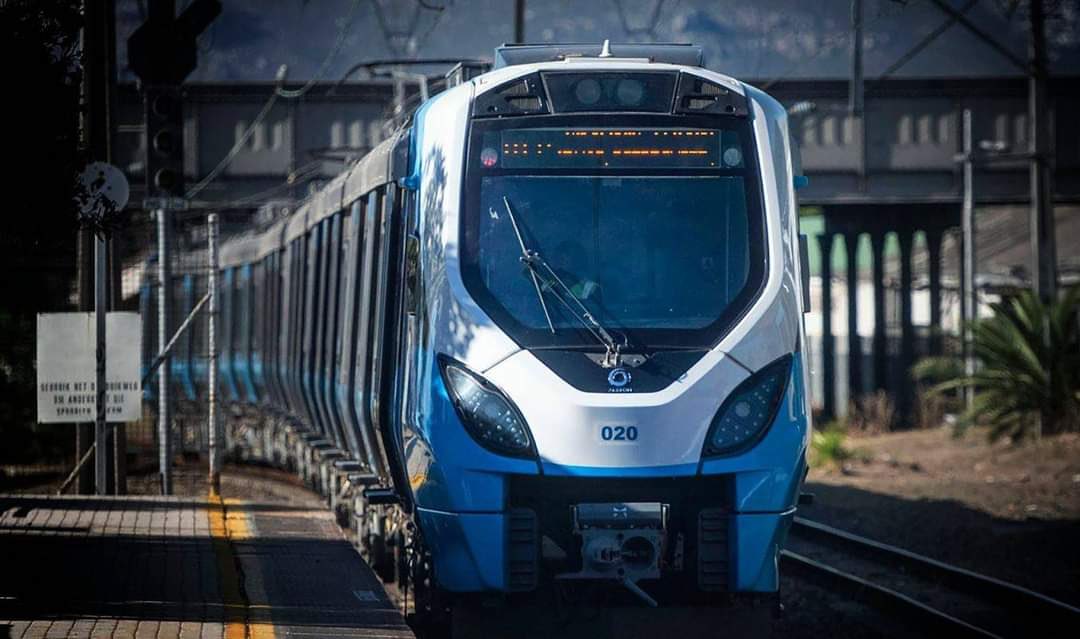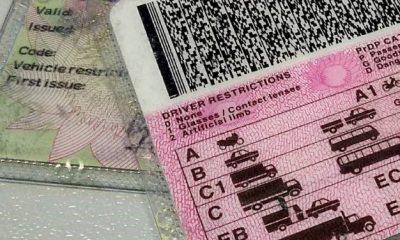Business
SA Sets Sights on Reviving Rail as the Lifeline for People and Goods, Says Minister Creecy

Rail Revival at the Heart of SA’s Transport Strategy
After years of neglect and mismanagement, South Africa’s railway system is finally seeing a glimmer of revival. Speaking at a roundtable event in Midrand, marking the official launch of National Transport Month, Transport Minister Barbara Creecy laid out a bold vision: to re-establish rail as the backbone for both people and goods transport.
“Our railway system is central to our economy and daily life. We are committed to turning it into a reliable, safe, and efficient backbone of transport,” Creecy said.
Private Sector to Play Key Role in Rail Revival
South Africa’s rail reform strategy draws from the 2022 White Paper on the National Rail Policy and the National Freight Logistics Roadmap of 2023, both of which emphasise public ownership of strategic infrastructure like rail lines and ports.
Yet with limited state resources, private sector investment has become critical. The Department of Transport (DOT) is currently processing 163 private sector submissions, with the first request for proposals expected by December 2025. Earlier this year, the first 11 private rail operators were formally announced.
“We need both public oversight and private innovation to ensure our rail network can meet modern demands,” Creecy said.
R66 Billion Investment to Rebuild Infrastructure
The government has pledged around R66.1 billion over the medium term to maintain, renew, and upgrade rail infrastructure. This includes rebuilding signalling systems, rolling out new train sets, and targeting priority corridors for improved efficiency.
By May 2025, PRASA had revived 35 of 40 service lines, signalling a significant turnaround for passenger transport. For freight, Creecy highlighted that rail tonnage increased by 9 million tons to 161 million tons last year, and port container handling rose by 54%, eliminating terminal queues that had plagued operations.
“Since July, we’ve been consistently hittingor exceedingour weekly container targets,” she noted.
Ambitious Targets for 2029–2030
Creecy outlined ambitious milestones for the next decade:
-
Increase freight tonnage on Transnet to 250 million tonnes by 2029
-
Improve port crane efficiency to 30 gross moves per hour
-
Ensure 600 million safe and affordable passenger journeys by 2030
She acknowledged that State-Owned Enterprises (SOEs) operate in a challenging environment, where strong leadership is needed to prioritise national interests and accelerate reforms in logistics.
“Our green shoots are visible, but there is no room for complacency. These reforms are essential for sustainable and inclusive economic growth,” Creecy said.
Public Reaction and Cultural Context
South Africans on social media have expressed cautious optimism, celebrating reduced port congestion and improved passenger rail reliability, while also urging vigilance against corruption and service lapses. Rail, once seen as the backbone of the country’s economy, carries cultural significance as a unifier, connecting urban and rural communities and supporting local industry.
“A functional rail system doesn’t just move goodsit links families, jobs, and opportunities,” one commuter tweeted.
A Path Towards Sustainable Growth
Minister Creecy’s roadmap illustrates a renewed commitment to making rail central to South Africa’s transport and logistics strategy. By leveraging both public oversight and private investment, the government aims to build a resilient network that supports the economy, reduces congestion, and improves the daily lives of millions of South Africans.
“With focused leadership, strategic investment, and continued reform, South Africa can reclaim its rail system as a national lifeline,” Creecy concluded.
{Source: IOL}
Follow Joburg ETC on Facebook, Twitter , TikTok and Instagram
For more News in Johannesburg, visit joburgetc.com


























